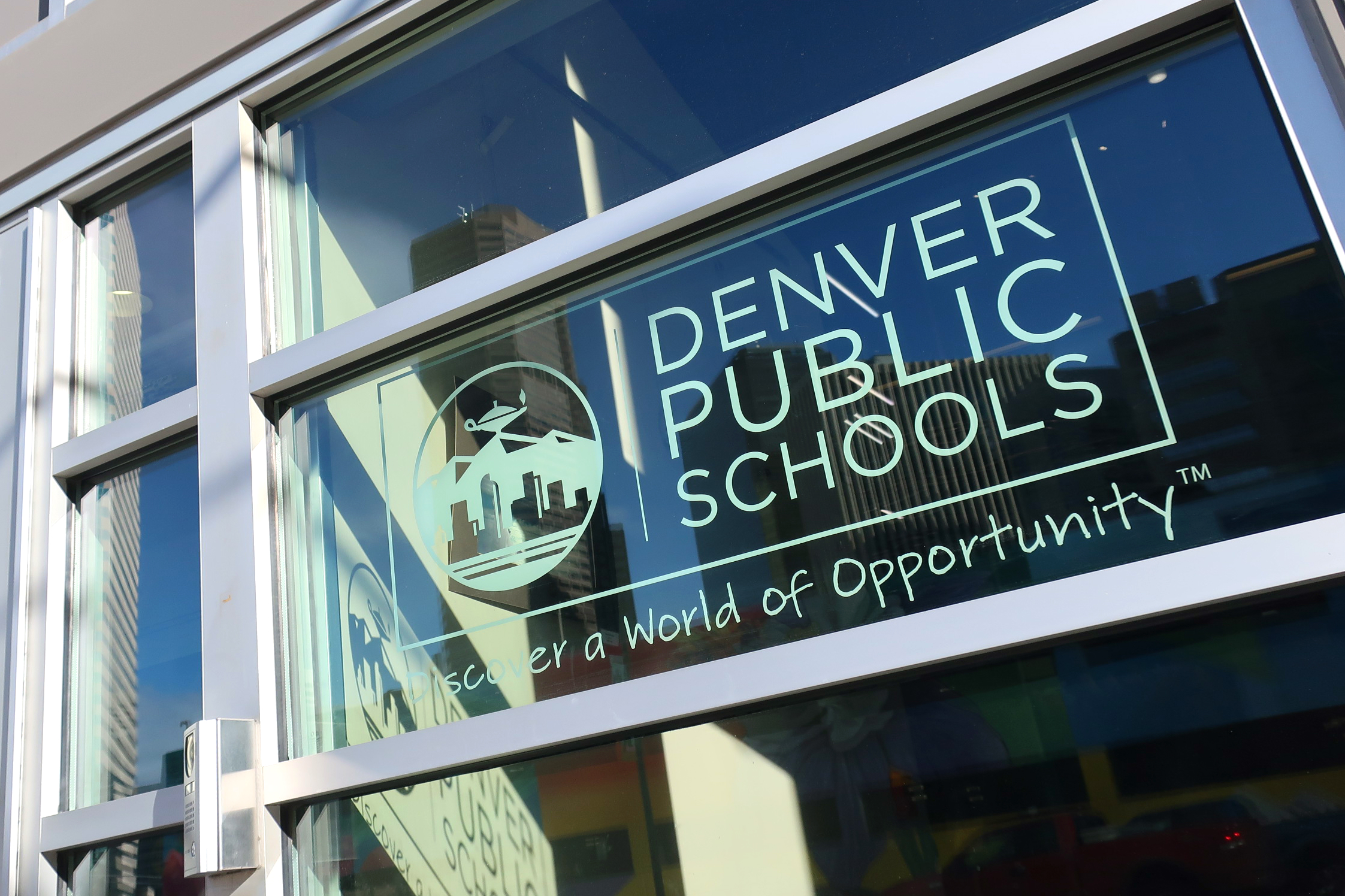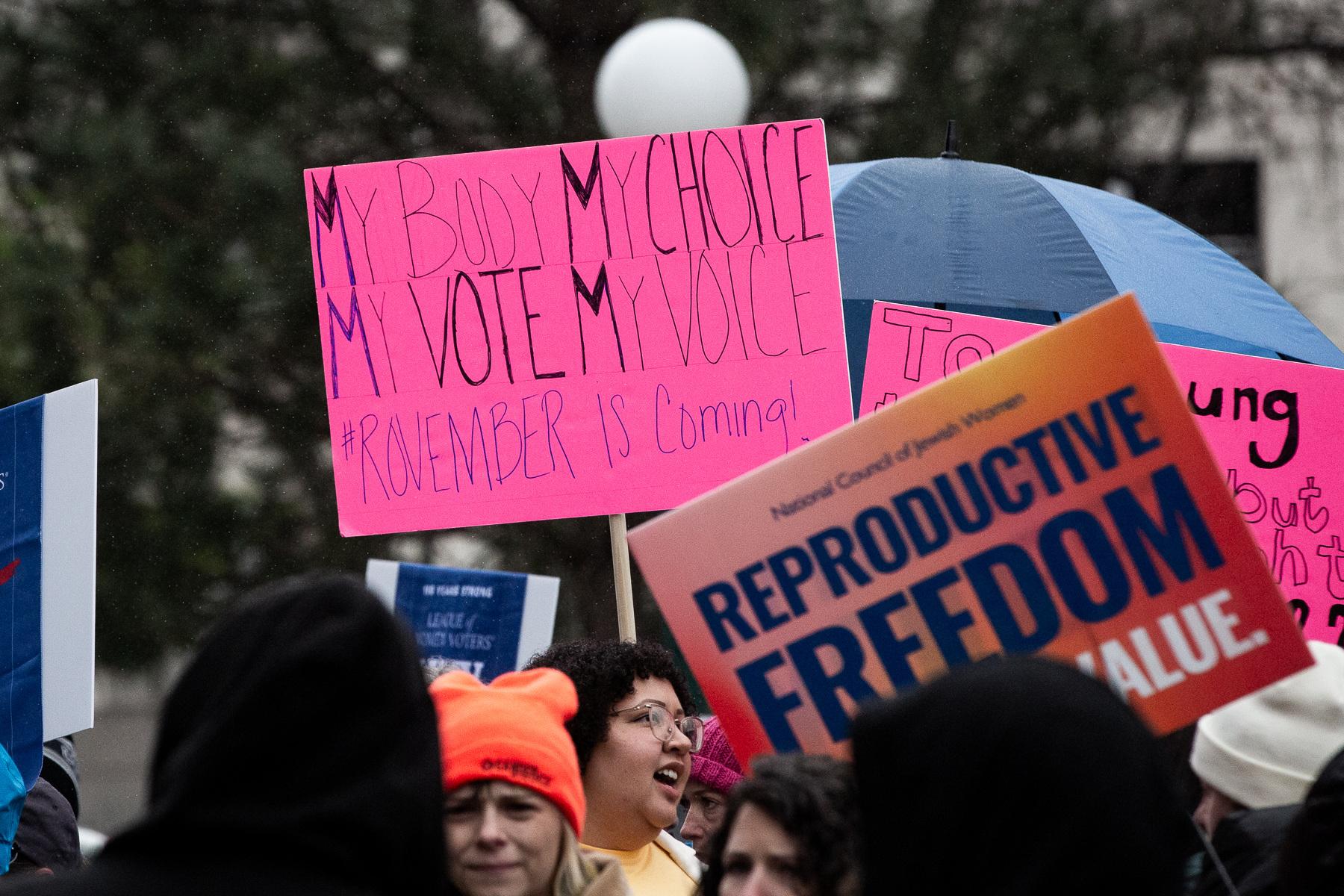
The detective at the heart of Denver author Peter Heller's new suspense novel "Celine" might qualify as the most interesting woman in the world. Celine Watkins was raised in Paris, attended the finest schools, worked for the CIA, is a talented shooter, a cunning sleuth, can defuse the tensest situations and was proposed to by a duke.
Heller says he based the character on his late mother. He says writing the book was a way to spend time with her.
In "Celine," Watkins is in her late 60s and living in New York City during the 9/11 terrorist attacks. The last thing this private investigator wants to do is take on a new case, but opportunity comes knocking. The case of a missing nature photographer takes Watkins west where we meet her son, who lives in Denver. It's another parallel between the new novel and Heller's real life.
Related: Novelist Peter Heller On Darkness And Light
Read the first chapter:
One The call had come while she was at her workbench wiring the naked taxidermic form of an ermine onto a rock, beside the skull of a crow. The plan was to have the skinless ermine looking down at his own hide tacked to the rock. Her sculpture had a distinctive dark streak. When Celine wasn’t solving cases, she made pieces from anything at hand, which often involved skulls. The year before, the window washer had been fascinated by her art, which was displayed throughout the open studio, and the next day he brought her a human skull in a bucket. “Don’t ask,” he said. She didn’t. She covered it immediately in gold leaf and it stood now on a pedestal by the front door, looking elegant. Now, she felt like this ermine. She felt skinned and lost, without protection. “Hi, Celine Watkins?” “Yes?” “This is Gabriela. Gabriela Ambrosio Lamont.” “Gabriela,” she whispered, trying to place the name. “You don’t know me. I went to Sarah Lawrence. Class of ’82. I saw the story about you in the alumni magazine: ‘Prada PI.’ ” Gabriela laughed, clear, bell-like. Celine relaxed. “That was silly,” Celine said. “I mean the title. I’ve never worn Prada in my life.” “Chanel doesn’t alliterate.” “Right.” Celine closed her eyes. The name was distinctive and it sounded familiar. Hadn’t the girl had her own small story in the magazine?—about a show of still-life photographs in a gallery in San Francisco. Celine seemed to remember a portrait of the woman and bits of biography—she was pretty, maybe partly Spanish. Her father had been a photographer, too, hadn’t he? Famous and very charismatic. The story had interested Celine. “I remember you from an article.” “Hah! The exclusive club of the alumni magazine profiles,” Gabriela said. “Yes.” Pause. “I hope it’s okay that I called you. Out of the blue.” “Yes, of course.” Celine had been in her business a long time; she knew that nobody ever just called out of the blue. They had been on a certain trajectory for a while, they deliberated, they picked up the phone. They were like the pilots of small planes approaching an airport who call the tower, finally, for instructions to land. What Celine didn’t know was if she had the strength. It was one year and one day after the Twin Towers had fallen. She could still almost smell the char, still see the air gritty with ash, and remember how the wind blew bits of charred financial statements and Post-it notes across the river where they fluttered over the dock like lost confetti. She could not have imagined a sadder finale to a grim year. Her younger sister had died that May. She remembered how bright, how tender seemed the cottonwoods along the Big Wood River in Ketchum, Idaho, the morning Mimi left. She had helped her go—the handful of pills, the long kiss on the cheek. How she had walked down the drive, how the leaves spun in the wind, and how when a gust came through it swept the old trees to a darker green like the hands of a harpist lifting a somber note off the strings. And then in July she got word that her older sister, Bobby, had a brain tumor. It was a flare-up of a cancer five years in remission. Celine went to Pennsylvania to visit, to help, and there was not much to do as Bobby died within three weeks. It was almost as if the youngest sister’s death had given the eldest sister permission to take the deep rest she had longed for. And then the first plane hit and Celine went to her window and watched the plume of black smoke rise into a clear sky. She was riveted. She lived fifty feet from the pier in an old brick loft building kitty-corner to the River Café. It was almost under the Brooklyn Bridge, Brooklyn side, thirty yards from the East River, and with the windows open she could hear the current rip and burble against the pilings of the dock. She pursed her lips and tried to get enough air. She did not move. Pete left her alone. When the second plane tore through the sister tower to the south she shuddered as if it were she herself who had been slammed and ripped. Lying in bed that night while she cried silently beside him, Pete realized that Bobby was the North Tower and Mimi the South. And of course the collapsing buildings were much more than that, too. They were a burning message that a certain world had passed. Her sisters had been the last of the family she’d been born into. Celine’s inner and outer world mirrored each other. Celine was sixty-eight then. Her body was more frail than it should have been for an active strong-willed woman as a result of four packs a day for thirty years, and though she had quit ten years ago, the smoking had ravaged her lungs. She usually refused to wear oxygen, she was too elegant, or vain. So she had stood in the window and struggled to breathe. She stared at the skyline where the two improbable towers had been and felt the constriction in her chest: the grief of this unreal, this towering loss that just then seemed the sum of all loss. She was aware of the half-full bottle of morphine pills she had in her gun safe upstairs, the pills in their labeled orange plastic bottle that bore Mimi’s name: “Mary Watkins, For pain, one pill every fours hours, not to exceed six pills per day.” But she would never go that way. Nor would she use one of the four handguns from the same safe, not on herself. She was too curious, for one. About how everything unfolds—and folds back up. But she didn’t know if she had the will to do any longer the work she was born for. Which was saying, in a way, that she no longer had the will to live. Celine Watkins was a private eye. It was an odd vocation for someone in the Social Register who had grown up partly in Paris, partly in New York. She may have been the only PI on earth whose father had been a partner at Morgan’s in France during the war. The only working PI who had come to New York City when she was seven and attended the Brearley School for girls on the Upper East Side, and then Sarah Lawrence. Where she studied art, and at twenty-one spent a year back in Paris, where she apprenticed with an expressionist and was proposed to by a duke. She also had what Mimi called the Underdog Bone. Celine always rooted for the weak, the dispossessed, the children, for the ones who had no means or power: the strays and homeless, the hapless and addicted, the forlorn, the remorseful, the broken. One couldn’t count the skinny trembling dogs her son ended up loving, nor the chaotic families that stayed with them for days. So she was not a PI like most PIs. Most people think of them as hired guns—jaded, mercenary, tough. She was tough. But she did not take jobs for the rich, she did not spy on wayward spouses or stake out anyone’s pied-à-terre or recover the missing family jewels. She had literal family jewels of her own, which she hauled out and wore with a faint embarrassment to appropriate gatherings—Cartier diamonds and Breguet watches. She had engraved silver from the 1700s. She understood the shallow prestige of the aristocracy, as well as its responsibilities. Celine had inherited the mantle of a family who had come on the first boat and worked hard and made good, and often the mantle chafed, and she was happiest when she took it off and tossed it on a hook with her beret. The cases she took were for the Lost Causes, the ones who could never afford a PI. They were never about leverage or retribution or even justice, and they were often performed pro bono. They were usually about reuniting birth families. So she found the missing, the ones who could not be found—she gave a mother her lost son, a daughter her lost father—and her success rate was a staggering 96 percent, much better than, say, the FBI. She had worked for them, too—once, and she would never do it again. Gabriela said, “I’m staying with an old college friend up in the Heights. On Garden Place.” Celine was still holding a pair of small wire cutters in her right hand. She set them down. She closed her eyes. She hadn’t been to Garden Place in years, but she had gone often when her son, Hank, had had playmates on the street. Those years. Of early marriage and motherhood. She could almost smell the streets on the south side of the neighborhood, eroding brownstones, maple leaves, and the brown crunchy seedpods of the locust trees. Wilson, her first husband, was living in Santa Fe now, with a woman thirty years younger. “Right. I know the block well.” “Well. I . . . I called because I thought—I have a story to tell you. Is this a good time?” “Please. I was just finishing something up.” A beat, she could hear Gabriela trying to decide the best way in. “I was going to start by telling you about something that happened while I was at Sarah Lawrence. But let me back up. I should begin earlier so you understand. My mother’s name was Amana Penteado Ambrosio . . .” Excerpted from Celine by Peter Heller. Copyright © 2017 by Peter Heller. All rights reserved. No part of this excerpt may be reproduced or reprinted without permission in writing from the publisher. |









